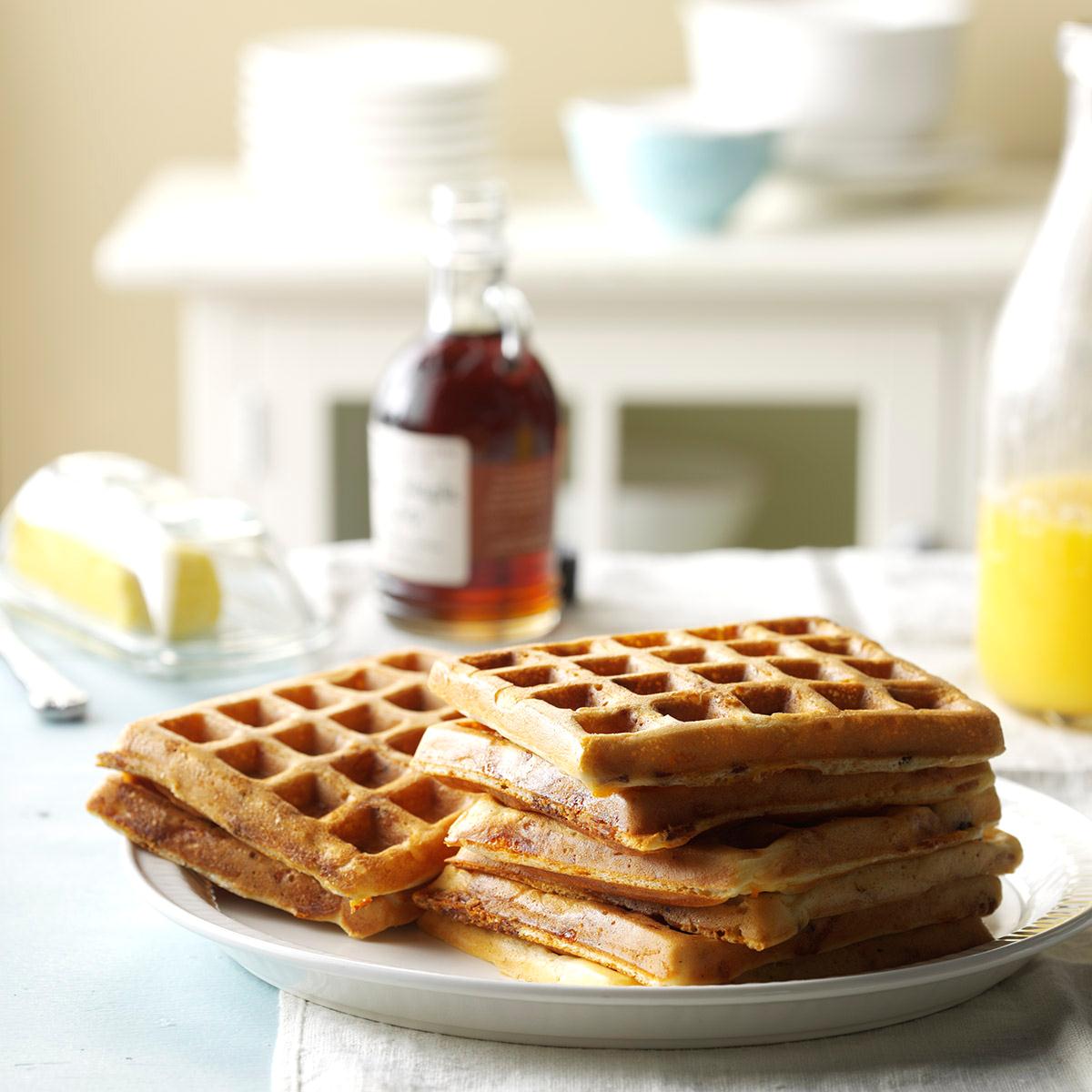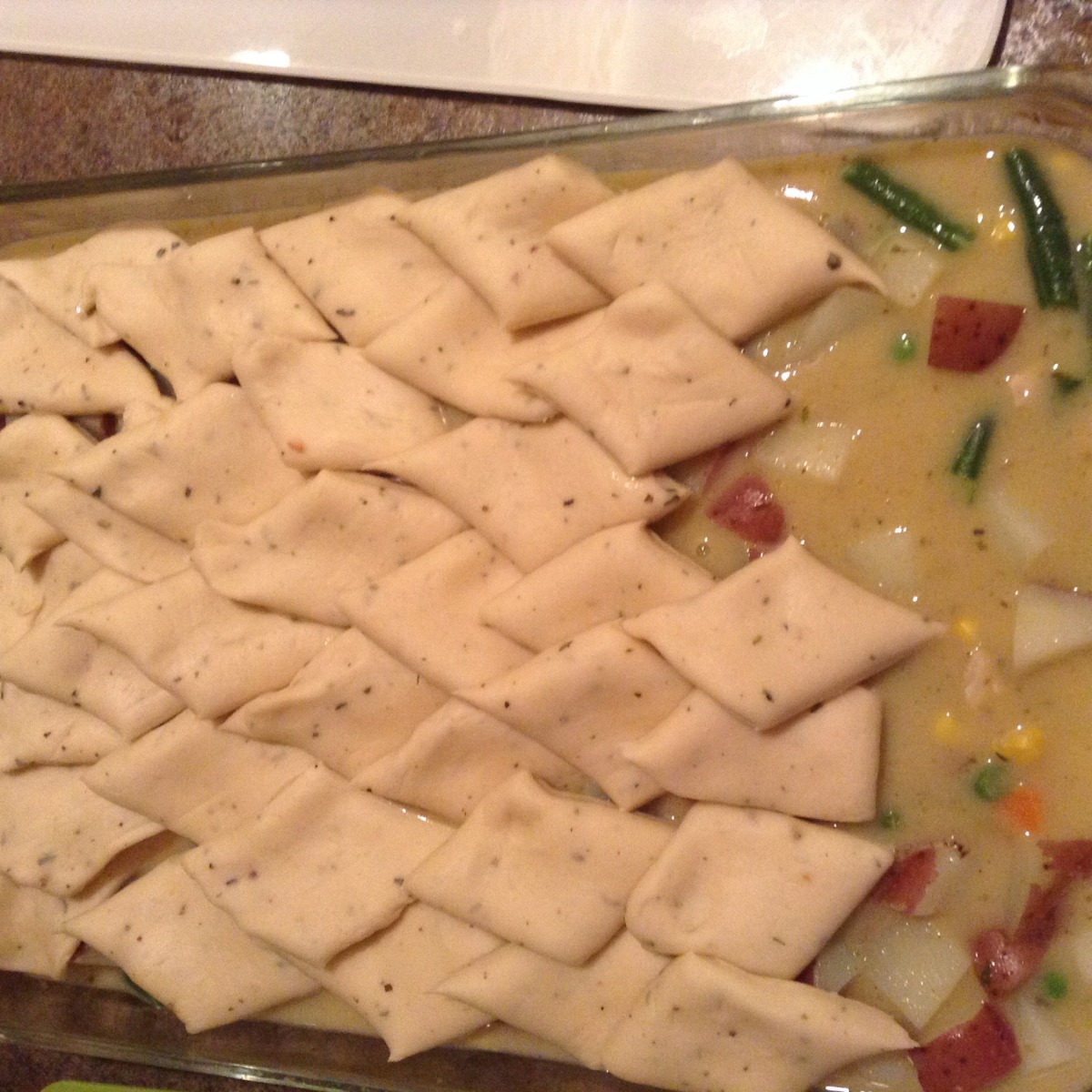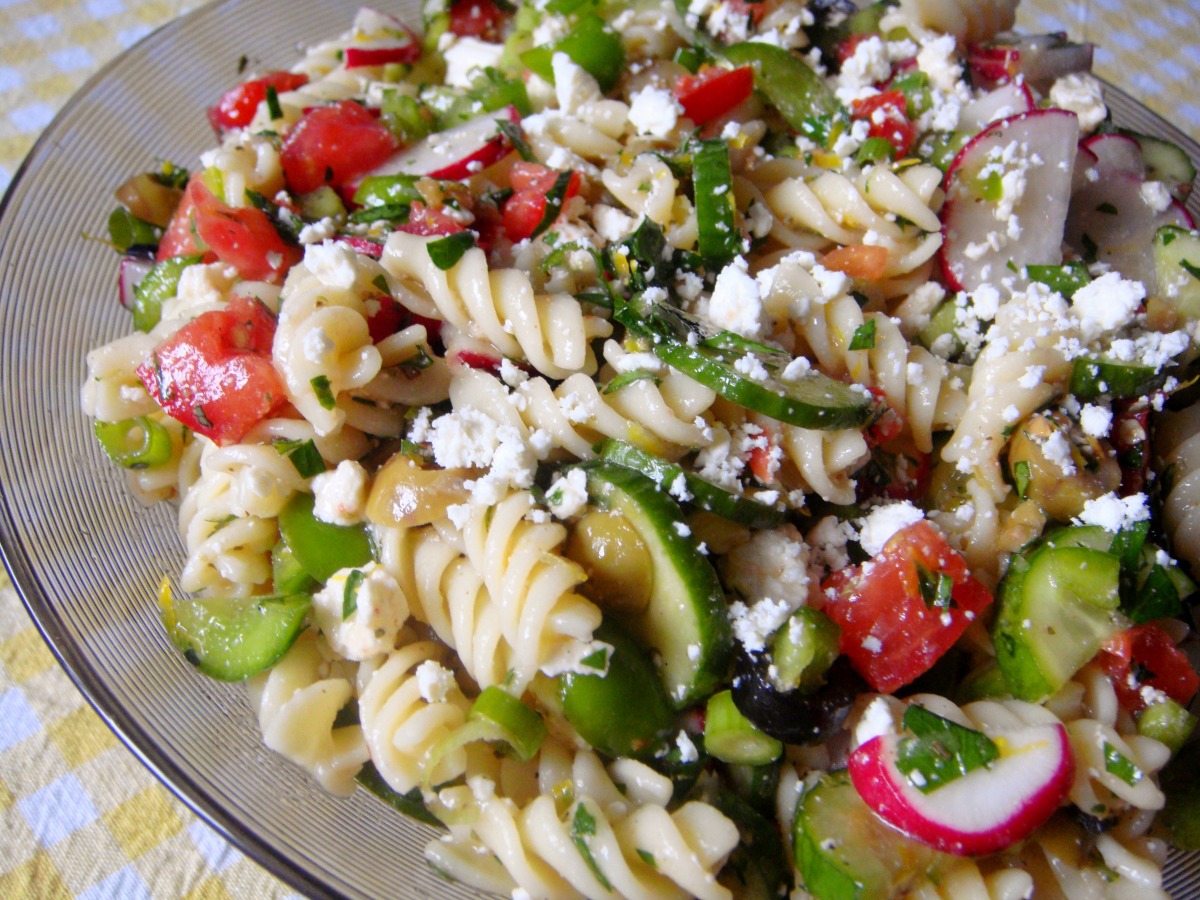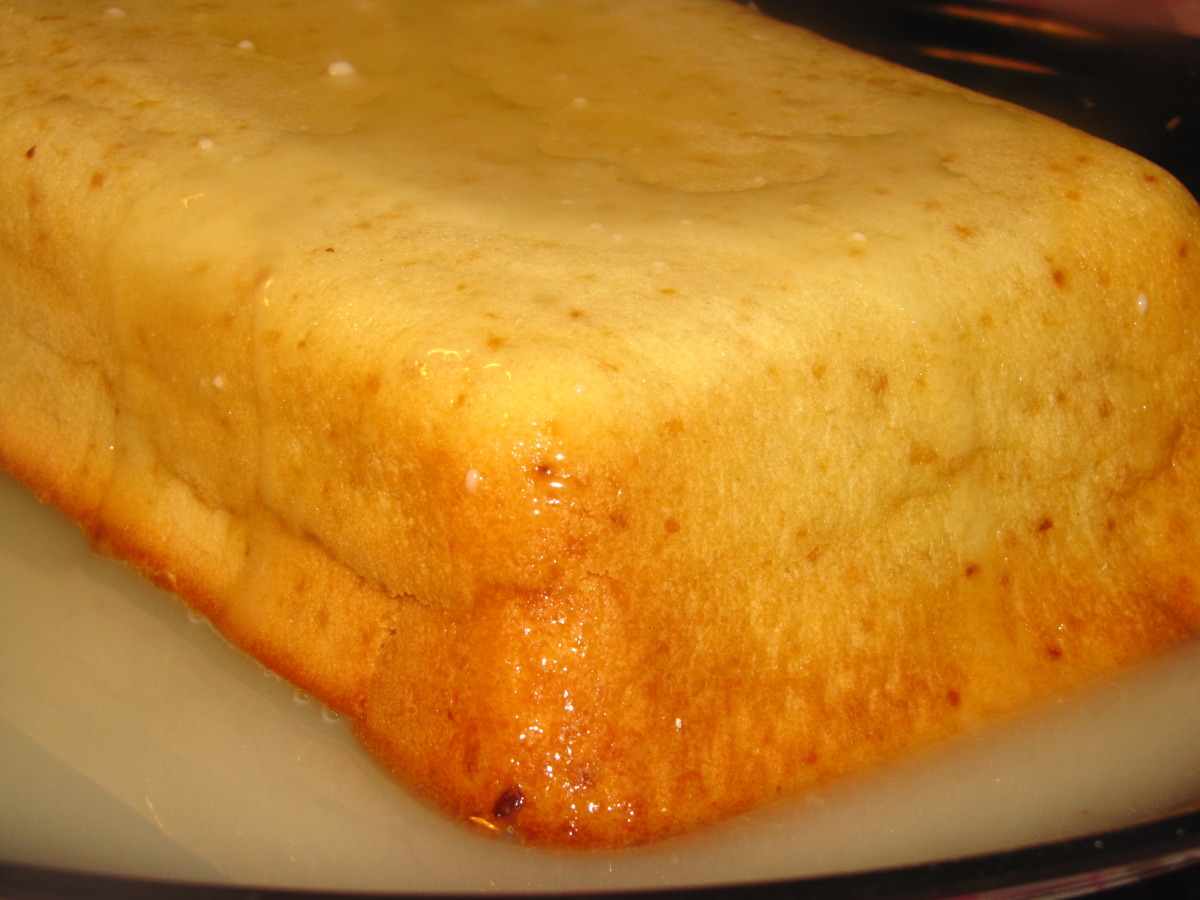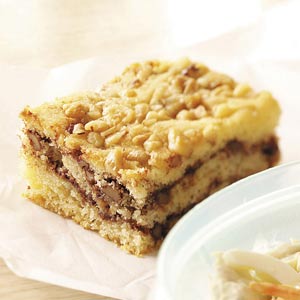Quince, apple, and almond galousie is a delightful and visually stunning pastry that combines the unique flavors of quince and apples with the nutty richness of almonds. Originating from France, this delectable treat features a crispy and flaky puff pastry enveloping a sweet and tangy filling made from stewed quince and apples, complemented by a layer of almond cream. The galousie is a perfect balance of textures and flavors, with the crunch of the pastry contrasting the soft and juicy filling. This recipe guide provides detailed instructions for creating this exquisite dessert, including variations using different fruits or nuts, a vegan-friendly option, and a gluten-free alternative. Whether you're a seasoned baker or a novice in the kitchen, this comprehensive guide will help you master the art of crafting this exceptional pastry, sure to impress your family and friends.
Let's cook with our recipes!
QUINCE, APPLE, AND ALMOND JALOUSIE

Categories Fruit Dessert Bake Apple Quince Almond Winter Gourmet Vegetarian Pescatarian Peanut Free Soy Free Kosher
Yield Serves 6
Number Of Ingredients 11
Steps:
- Preheat oven to 350°F.
- On a baking sheet in middle of oven toast almonds in one layer until golden, about 10 minutes. Peel, quarter, and core quinces. Cut each quarter lengthwise into 5 slices. In a 3-quart heavy saucepan bring water and sugar to a boil, stirring until sugar is dissolved. Add quince and simmer, covered, 2 1/4 hours.
- When mixture has been simmering 2 hours, peel, quarter, and core apples. Cut each quarter lengthwise into 1/4-inch-thick wedges. Stir apples into quince mixture and simmer, covered, until apples are crisp-tender, about 10 minutes. Remove pan from heat and stir in almonds and extract. Cool filling. (Filling may be made 3 days ahead and chilled, covered.)
- Assemble jalousie:
- In a large sieve set over a bowl drain quince filling, reserving syrup. Transfer quince to a bowl and stir in 3 tablespoons reserved syrup. Make an egg wash by lightly beating egg with 2 teaspoons water.
- Halve dough and on a lightly floured surface roll out each half into a 12- by 8-inch rectangle (about 1/4 inch thick). Transfer 1 pastry rectangle to a floured large baking sheet and put quince filling lengthwise along center, forming a 9- by 5-inch mound. Brush pastry around filling with some egg wash. Carefully drape remaining pastry rectangle lengthwise over quince and seal edges by gently pressing together. With a sharp large knife trim edges of pastry. Crimp edges and make a decorative pattern of about 8 slits in pastry, exposing filling. Chill jalousie, loosely covered, 30 minutes.
- Preheat oven to 425°F.
- Brush jalousie evenly with some egg wash and sprinkle with sugar. Bake jalousie in middle of oven until deep golden, about 30 minutes, and transfer on pan to a rack to cool.
- Serve jalousie warm or at room temperature with remaining reserved syrup and whipped cream.
FROZEN BUTTER PASTRY DOUGH

This recipe is used to prepare [Quince, Apple, and Almond Jalousie](/recipes/recipe_views/views/14626). The trick to a successful dough is to handle it as little as possible and to keep it cool.
Number Of Ingredients 4
Steps:
- Into a chilled large metal bowl sift together flour and salt. Set grater in flour bowl and coarsely grate frozen butter into flour, gently lifting and tossing flour to coat butter. Chill mixture 20 minutes. Drizzle 6 tablespoons ice water evenly over mixture and gently stir with a fork until just incorporated. Gently squeeze a small handful of mixture to test for proper texture: It should hold together without crumbling apart. If necessary, add some additional water, 1 tablespoon at a time and stirring until just incorporated, and test mixture again. (If you overwork or add too much water, pastry will be tough.)
- Turn mixture out onto a lightly floured surface and with floured hands mound into 4 portions. With heel of hand smear each portion once in a forward motion to help distribute fat. Gather dough portions together and form dough, rotating it on work surface, into a disk (dough will not be smooth). Chill dough, wrapped in plastic wrap, at least 2 hours, or until firm, and up to 2 days.
QUINCE AND ALMOND TART WITH ROSé

Poach quince in rosé with a dash of cocktail bitters and a few warm spices, then assemble into a tart with almond paste using an upside-down, Tatin-style method.
Provided by Claire Saffitz
Categories The Way We're Cooking Now Christmas Dessert Tart Quince Almond Wine Rosé Cinnamon Lemon Bake Poach Fall Thanksgiving Vegetarian Peanut Free Soy Free
Yield 8 servings
Number Of Ingredients 14
Steps:
- Make the poaching liquid: In a large saucepan or small Dutch oven, combine the rosé, sugar, vanilla, cinnamon stick, star anise, salt, and cocktail bitters (if using). Use a vegetable peeler to remove wide strips of lemon zest (just the yellow layer, avoiding the white pith) and add to the pan. Cut the lemon in half and squeeze both halves into the pan, seeds and all (discard the lemon halves). Bring the mixture to a simmer over medium heat, stirring once or twice to dissolve the sugar, then remove from the heat.
- Prepare the quince: Working with one quince at a time, use a sharp knife to shave off the ends of the quince and then use a vegetable peeler to peel the fruit. Set aside the peels in a bowl and reserve for later. Halve the quince through the stems and use a melon baller or round teaspoon measure to scoop out the seeds and cores, adding them to the peels in the bowl. As you work, drop each peeled and scooped quince half into the poaching liquid.
- Poach the quince: Once all the quince are in the poaching liquid, add water to the pan if needed just to cover the fruit. Press a round of parchment paper onto the surface of the liquid, eliminating any air bubbles, then place a small plate on top-this will keep the quince fully submerged as they poach. Bring the mixture to a lively simmer over medium-high heat, reduce the heat to maintain a gentle simmer, and cook until the quince are tender but not mushy and a paring knife slides easily through the flesh, as little as 25 minutes for very ripe fruit but possibly as long as 1 hour. Check the quince every 10 minutes or so. Remove the pan from the heat and let the quince cool in the liquid until warm.
- Make the quince jelly: Use a slotted spoon to remove the quince from the poaching liquid and transfer to a cutting board to continue to cool. Dump the reserved skins, seeds, and cores into the poaching liquid and bring to a boil over medium-high heat. Boil, stirring occasionally, until the mixture is very thick and syrupy and the bubbles are slow to pop, 20 to 25 minutes. Strain the syrup through a fine-mesh sieve into a heatproof bowl. Press on the solids with a heatproof spatula to force as much liquid through the sieve as possible (discard the solids). You should have about ⅔ cup liquid. If you have much more than this, transfer the strained liquid to a small saucepan and simmer until it's reduced to the right amount. Due to all the natural pectin in the seeds and peel of the quince, this liquid will solidify into a soft jelly when chilled. Cover and refrigerate the jelly.
- Slice the quince: Cut the quince halves crosswise into thin slices between ¼ and ⅛ inch thick. If preparing the quince ahead of time, set them on a plate, cover, and refrigerate.
- Preheat the oven and prepare the skillet: Arrange an oven rack in the center position and preheat the oven to 400°F. Lightly brush the bottom and sides of a 10-inch ovenproof skillet with a thin coating of oil. Line the bottom with a round of parchment paper, smoothing to eliminate any air bubbles. Brush the parchment very lightly with more oil and set aside.
- Roll out the almond paste: Working on a separate piece of parchment paper, use the heel of your hand to flatten the almond paste into a round. Place another piece of parchment on top and use a rolling pin to roll the almond paste into a thin, even round measuring about 9 inches in diameter. Set aside.
- Roll out the pastry: Remove the pie dough from the refrigerator and let soften at room temperature for about 5 minutes. Unwrap the dough and place it on a lightly floured surface. Use a rolling pin to beat the dough all across the surface to make it more pliable. Dust over top and underneath the dough with more flour, then roll it out, dusting with more flour as needed, into an 11-inch round. Use a sharp knife or a wheel cutter to cut the pastry into an even 10-inch round, tracing a dinner plate or a cake pan as a guide. Slide the pastry onto a plate and refrigerate until it's time to assemble the tart.
- Assemble the tart: Spoon all but about 3 tablespoons of the chilled quince jelly into the bottom of the prepared skillet (reserve the remaining jelly for glazing the tart). Layer the quince slices over the jelly in the skillet, overlapping tightly into whatever pattern you like (rows, a rosette, or free-form!). Uncover the almond paste round and carefully place it in the skillet, centering over the quince. Remove the pastry from the refrigerator and slide it into the skillet, then use a spoon to tuck the edges of the pastry down between the quince and the sides of the skillet. Use a paring knife to make about 8 small slits across the pastry to allow steam to escape.
- Bake: Transfer the skillet to the oven and bake for 20 minutes. Reduce the oven temperature to 350°F and continue to bake until the pastry is golden brown and the jelly is bubbling up around the sides and starting to turn golden, another 25 to 35 minutes. Remove the skillet from the oven and let cool for 5 minutes.
- Turn out the tart and glaze: Working over the sink and using towels or mitts to protect your hands from hot flowing juices, place a rack over the skillet and invert. Give the rack a sharp tap on the counter to release the tart, then slowly remove the skillet. Peel away the parchment if stuck to the tart. Let cool for about 10 minutes, then while the tart is still warm, brush with the reserved jelly to glaze the fruit. Slide the cooled tart onto a platter and serve at room temperature.
- Do Ahead: The poached quince and quince jelly can be refrigerated up to 2 weeks. The tart covered and stored at room temperature, will keep up to 4 days but is best served on the first or second day (the crust will soften over time).
- Cooks' Note
- Any inexpensive rosé wine will do for this recipe, just as long as it's decent enough that you wouldn't mind drinking it on its own.
- Quince will stay hard as a rock even when ripe, so the best indicators of ripeness are their color and scent. Look for quince that are more yellow than green and give off a strong floral, tropical-fruity aroma. If they don't smell like anything, leave them on your counter-they're not ready yet!
- Be very careful when scooping the cores from the quince, as the raw flesh is very hard and slips happen easily.
QUINCE-APPLE SAUCE
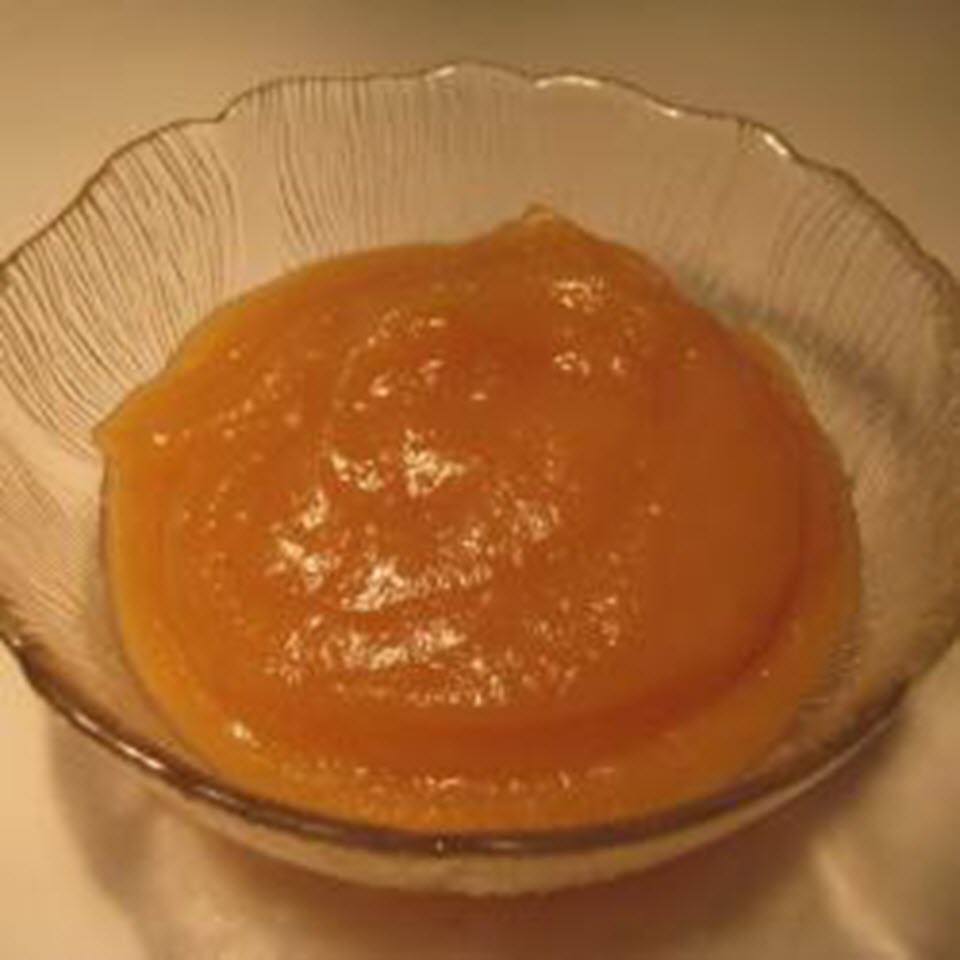
Quinces turn wonderfully sweet when cooked and are a great addition to applesauce. I serve it as a side to pork roast or duck.
Provided by Marianne
Categories Side Dish Sauces and Condiments Recipes Canning and Preserving Recipes
Time 12h50m
Yield 4
Number Of Ingredients 5
Steps:
- Inspect two 16-ounce jars for cracks and rings for rust, discarding any defective ones. Immerse in simmering water until apple sauce is ready. Wash new, unused lids and rings in warm soapy water.
- Combine water, quinces, and lemon juice in a pot over medium heat. Bring to a boil, reduce heat, and simmer until softened, 8 to 10 minutes. Add apples and sugar and simmer until all fruit is very soft, 10 to 15 minutes. Remove from heat and strain through a sieve.
- Reheat apple-quince mixture until hot, stirring constantly.
- Immediately pack quince-apple sauce into hot, sterilized jars, filling to within 1/4 inch of the top. Run a clean knife or thin spatula around the insides of the jars to remove any air bubbles. Wipe rims with a moist paper towel to remove any spills. Top with lids and screw rings on tightly.
- Place a rack in the bottom of a large stockpot and fill halfway with water. Bring to a boil and lower jars 2 inches apart into the boiling water using a holder. Pour in more boiling water to cover jars by at least 1 inch. Bring to a rolling boil, cover, and process for for 5 minutes.
- Remove the jars from the stockpot and let rest, several inches apart, for 12 to 24 hours. Press the center of each lid with a finger to ensure the lid does not move up or down. Remove the rings for storage and store in a cool, dark area.
Nutrition Facts : Calories 223.3 calories, Carbohydrate 59.5 g, Fat 0.3 g, Fiber 5.5 g, Protein 0.9 g, Sodium 6.1 mg, Sugar 36.8 g
Tips:
- Choose ripe and flavorful quinces. Look for fruits that are firm and have a yellow-green color. Avoid quinces that are bruised or have brown spots.
- Peel and core the quinces before cooking. The skin of quinces is tough and bitter, so it's best to remove it before eating. Use a sharp knife to peel the quinces, then cut them in half and remove the core.
- Cook the quinces until they are soft. Quinces can take some time to cook, so be patient. Simmer them in water or juice until they are tender and can be easily pierced with a fork.
- Add sugar or honey to taste. Quinces are naturally tart, so you may want to add some sugar or honey to sweeten them before serving.
- Serve quinces with yogurt, ice cream, or whipped cream. Quinces can be served as a dessert or a snack. They are also a great addition to salads.
Conclusion:
With their unique flavor and texture, quinces are a versatile fruit that can be used in a variety of dishes. From sweet desserts to savory main courses, there are endless possibilities when it comes to cooking with quinces. So next time you're looking for something new and exciting to try, give quinces a try.
Are you curently on diet or you just want to control your food's nutritions, ingredients? We will help you find recipes by cooking method, nutrition, ingredients...
Check it out »
You'll also love




